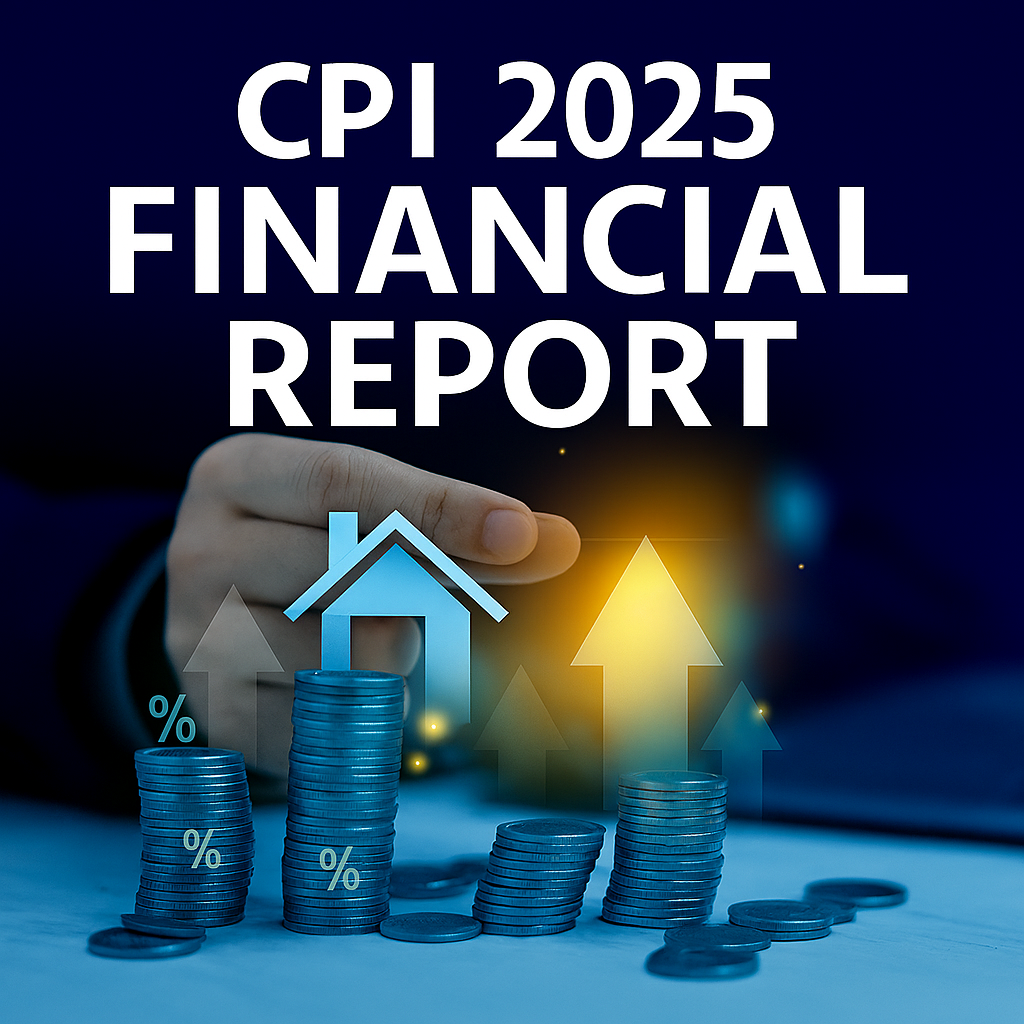Don't miss Mapendo latest case study, about how we boosted in-app purchases for a popular dating app in the US!
Before launching app install campaigns with new user acquisition partners, mobile game developers always set their KPIs in terms of profitability. That’s why ROI and ROAS, both at day 0, day 7, day 30 and so on, have grown so much in popularity. Indeed, ROI has become the most important topic about user acquisition for mobile games, and we have already spoken at length about how to do it by optimizing mobile gaming ads.
However, this time we want to discuss how ROI optimization changes based on the monetization strategy adopted by mobile game developers, be it in-app purchases (IAPs), in-app advertising (IAA) or both of them as part of an hybrid strategy.
Even though the basic principles of ROI optimization don’t change, we must optimize user acquisition towards the most valuable users, there are some differences to take into consideration. Before delving into user acquisition strategies for mobile games, let’s take a step back to shortly describe IAPs and IAA.
IAP
IAPs, which stands for in-app purchases, are post-install events which users generate while using an app. In mobile games, users often make in-app purchases in order to buy items they need to advance the game, such as coins, weapons and similar tools.
Therefore, in-app purchases are very common in strategy, simulation, RPG and hybrid-casual game categories, where users are required to engage with the game and spend time playing it. On the contrary, hyper-casual games which don’t require much effort from players, monetize mostly through in-app ads.
However, when mobile games monetize through IAPs, it’s essential for us to receive real time postbacks when in-app purchases are generated, together with the amount of money spent. These info help us identify the users with high-LTV, where they come from and, ultimately, how we can optimize user acquisition towards similar audiences.

IAA
On the other hand, in-app advertising (IAA) is the monetization strategy where game developers make money by showing in-app ads to users. It’s very common in hyper-casual games, where players don’t want to spend too much time in the app, much less to spend money.
When optimizing user acquisition for mobile games which monetize through IAA, it’s important to look at retention rate, in order to target and acquire users who keep playing the game and watch a relevant amount of ads.
Nevertheless, there are mobile games which adopt a hybrid monetization strategy, by combining both in-app purchases and in-app ads. Then, user acquisition platforms, like DSPs or ad networks, must design an effective optimization strategy in order to boost both IAPs and IAA.
IAP vs IAA: UA optimization strategy
Based on the monetization strategy adopted by mobile games, we try to develop the most effective user acquisition strategy. There are several dimensions involved such as CPIs, creative optimization, metrics to monitor and so on.
When optimizing IAps for mobile games, we know that a dynamic CPI is the fastest way to achieve ROI target. Indeed, we usually launch app install campaigns with a standard CPI negotiated with the advertiser and then we adjust it as soon as we optimize traffic acquisition.
After collecting data about retention rate, number of in-app purchases, amount of money spent in IAPs and even time delta between installs and IAPs, we’re able to identify audience segments which are more likely to generate in-app purchases, and to increase ROI. As a consequence, we optimize traffic acquisition towards apps and dimensions which bring those segments.
Such optimization allows us to gradually increase CPIs, while hitting ROI targets required by our advertisers.
In addition, we’ve developed our exclusive ad units, which combine video ads with playable end cards. These ad units, which are more interactive and engaging than banners, increase CTRs but also LTV and ROI.

On the other hand, when promoting mobile games which rely on IAA, volumes are the main goal to achieve. Indeed, CPIs are usually lower for these game categories, and it’s necessary to acquire huge volumes of new users.
At the same time, our ML algorithms optimize traffic acquisition mostly towards retention rate, making sure we acquire users who are more likely to engage with the app and watch ads while playing the game.
As opposed to IAPs, we promote IAA-based mobile games mostly with banners and native ads, which are cheaper than video and playable ads, even though less engaging.
Conclusion
To sum it up, mobile games monetize through in-app purchases and in-app ads, or both, and based on that it’s important to adjust your user acquisition strategy.
When choosing our optimization strategy we look at the following dimensions:
- CPIs;
- Creatives ( videos/playables vs banners)
- Metrics to optimize (in-app purchases vs retention rate)
By letting our ML algorithms work on these dimensions we always achieve our advertisers’ ROI goals for their mobile games.
Ready to start growing your app profitably ? Reach out to our sales team and schedule a call to understand if there is a mutual fit!





















